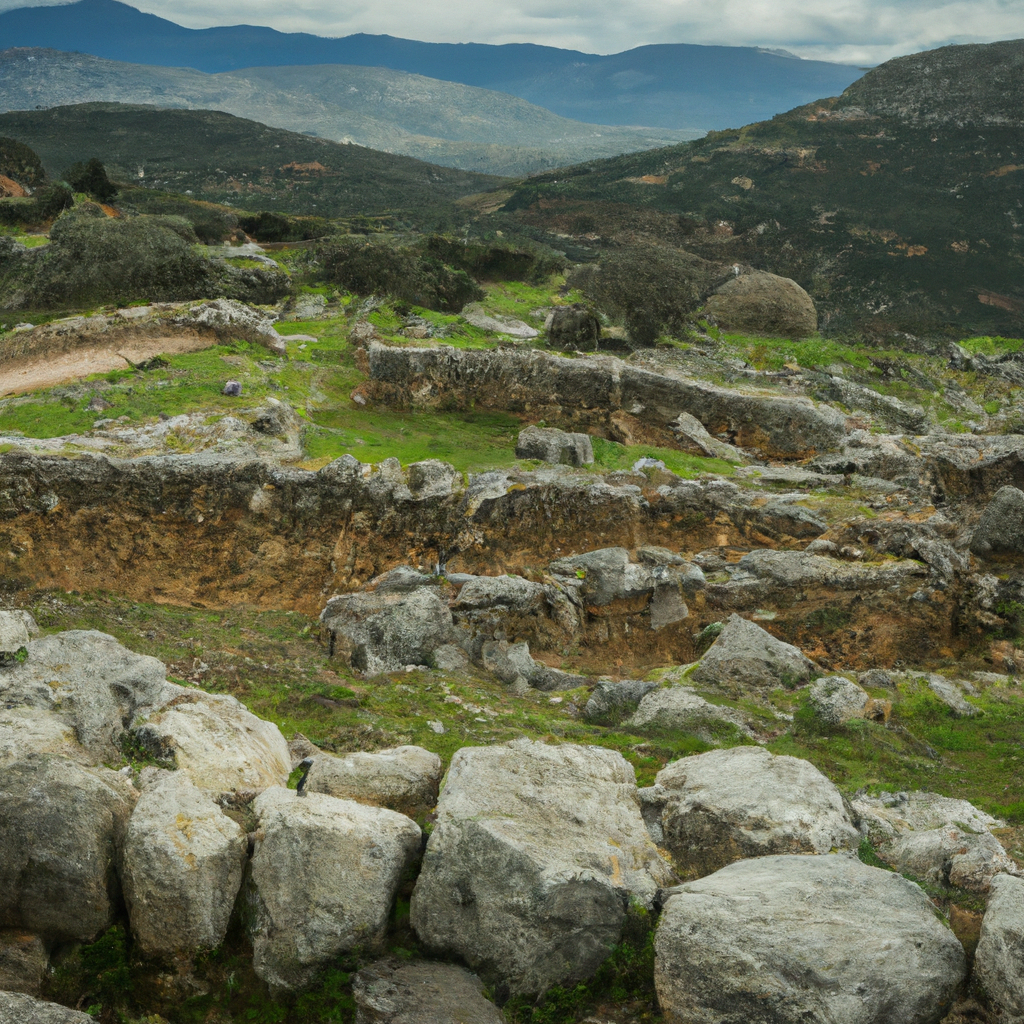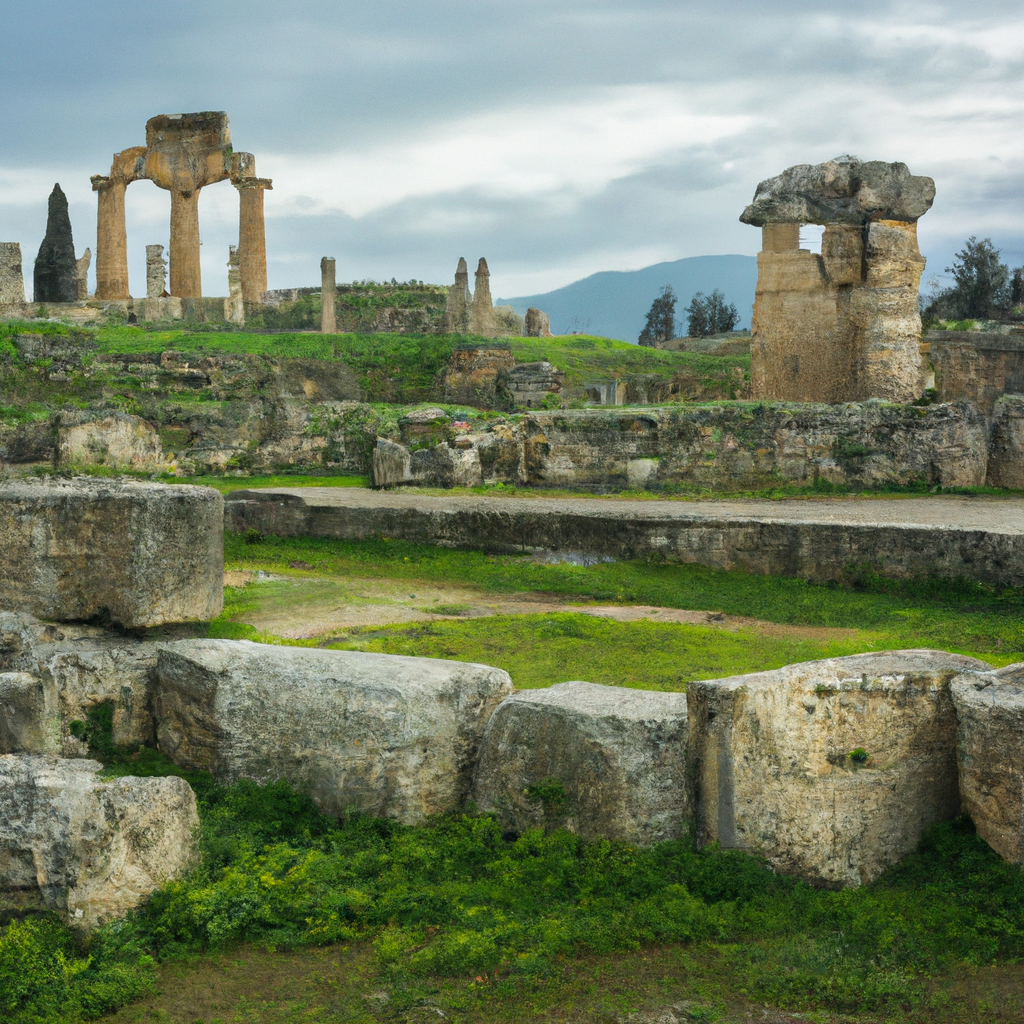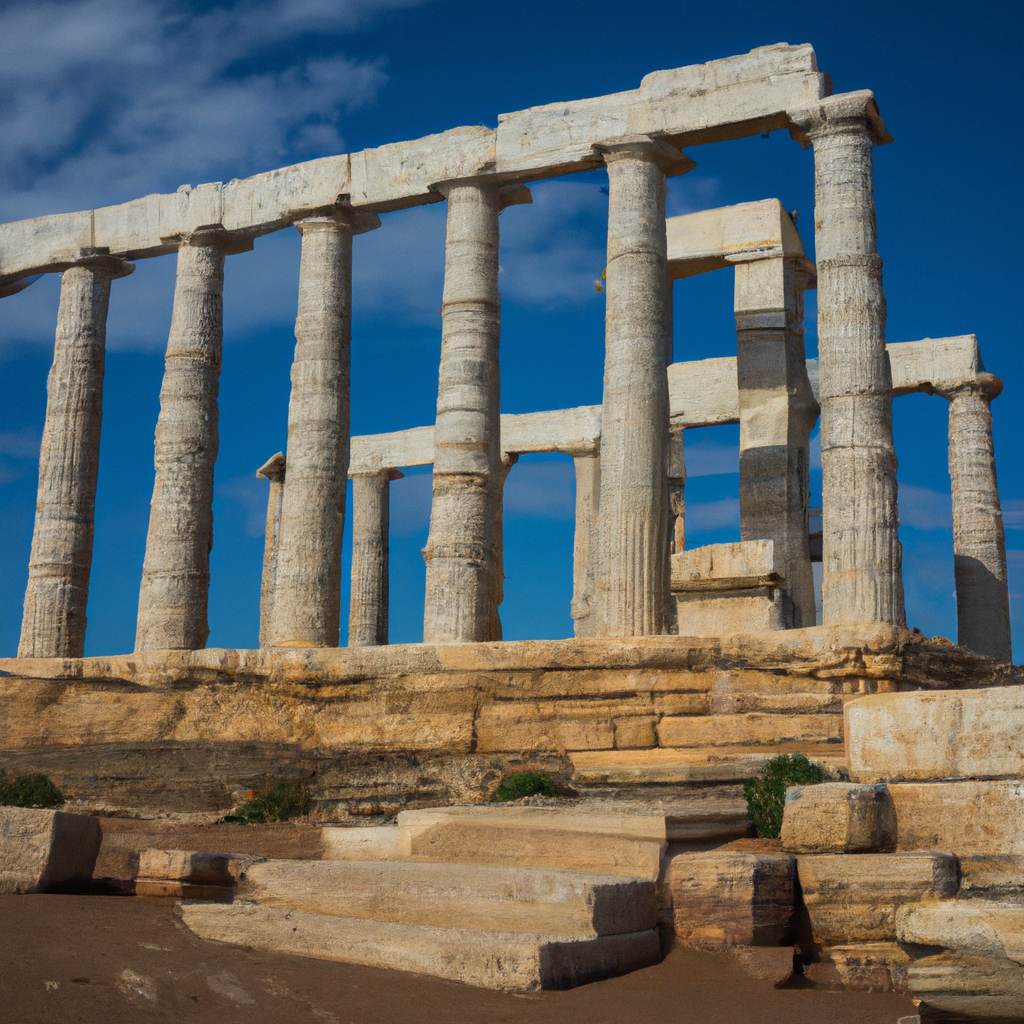Mycenae archaeological site In Greece: Overview,Prominent Features,History,Interesting facts
Overview:
Mycenae is an archaeological site located in the Peloponnese region of Greece. It is the most important and impressive archaeological site from the Mycenaean period (1600-1100 BCE) in Greece. The site is considered the first major civilization of mainland Greece and the probable homeland of the mythical leader Agamemnon. Mycenae was inhabited from the late Neolithic (4000-3000 BCE) and reached its peak from 1600 - 1100 BCE. The ruins today offer insight into the religious practices and daily life of the Mycenaeans, including remains of defensive walls, fortifications, palaces, tombs, houses, pottery, and artworks. Today, the site is part of the UNESCO World Heritage Site of Mycenae and Tiryns. It is one of the most beautiful monuments in Greece
Prominent Features:
1. The Lion Gate: The Lion Gate is the main entrance to the archaeological site, constructed during the 13th Century BC. The entrance is renowned for its imposing stone blocks and two large lion statues that guard the entrance to the palace. 2. The Treasury of Atreus: The Treasury of Atreus is the tomb of the legendary Greek King Atreus. This circular chamber was constructed with a corbelled dome, which was the highest ever constructed out of pre-fired bricks in those days. 3. The Acropolis: The Acropolis is the main attraction of the Mycenae archaeological site. Standing on top of a hill, it is the highest point on the site and reveals a breathtaking panoramic view. It is renowned for its iconic Cyclopean walls and stunning Thrinian architecture. 4. Cyclopean Walls: The site is renowned for its unique set of ancient walls. The walls were constructed out of enormous unmortared stone blocks, referred to as cyclopean masonry, that weighs up to 70 tons each. It is theorised that the walls were built by the legendary cyclopes. 5. Mycenaean Palace: The Mycenaean Palace is the largest building on the site, believed to be the royal palace of Agamemnon. It consists of an atrium, hall of columns, and a variety of chambers, including the megaron, where Agamemnon allegedly kept the famous Mask of Agamemnon. You can learn history, culture, and heritage through these magnificent monuments in Greece.
History:
Mycenae is an ancient archaeological site located in the centre of the Peloponnese region of Greece. The earliest evidence of a settlement at the location can be traced back to the Neolithic period (between 5500-3000 BC). The most significant archaeological remains discovered at Mycenae are from the Late Bronze Age (1600-1200 BC), when it was an important city-state and the political centre of the Mycenaean civilization. During this period, Mycenae experienced a period of growth and prosperity, and rose to power within the ancient Greek world. This period saw the construction of several important monuments and structures, including the famous Lion Gate and Treasury of Atreus. It also saw the development of a defensive wall, tightly connecting several settlements on the hillside. In the 8th century BC, Mycenae was conquered by the Argive Greeks and subsequently became an integral part of the growing regional power. During this period, additional fortifications were constructed. In 468 BC, Mycenae was destroyed by the Persians. It had already been in a state of decline for some time, as evidenced by the increasing presence of small settlements around the fringes of the city's defensive walls. Mycenae's remains began to gain resurgent interest in 1876 when the amateur German archaeologist Heinrich Schliemann discovered the ruins. His excavations uncovered much of the remaining archaeological evidence from the site and confirmed the location's importance in the study of the ancient Bronze Age culture. Today, the area remains well-preserved and is open to tourists and visitors, allowing modern visitors to explore the evidence of this ancient civilization. Visit one of the famous monuments of Greece with your friends and family.
Interesting facts:
1. The archaeological site of Mycenae is believed to be around four thousand years old and one of the most important archaeological sites in Greece. 2. The site was named after the mythical King Mycenae in Homer’s Iliad and Odyssey. 3. Mycenae is one of the most famous archaeological sites in Greece and an important archaeological site for Greek History. 4. Many of the most important remains of this period in Greek History were found at the site, including a royal palace, tholos tombs, fortifications and a massive stone gateway. 5. The site was destroyed and abandoned by the start of the 11th century BC following the destruction of the Bronze Age civilization. 6. The Lion Gate is the most famous building ruins at Mycenae and was built in the early 13th century BC. 7. In 1876, Heinrich Schliemann, the German archaeologist and businessman excavated the site and discovered many gold artifacts believed to belonged to the mythological King Agamemnon. 8. The archaeological site of Mycenae is now a UNESCO World Heritage Site and an important place for archaeologists studying the pre-classical period in Greek history. One of the historical monuments of Greece, it tells the story of a bygone era
Explore Greece most popular tourist destination with us. Mycenae archaeological site In Greece: Overview,Prominent Features,History,Interesting facts,which is 35.14 km away from Greece main town, is the most popular destination to add in your travel wishlist.
-
City:
Greece
-
state:
Mycenae
-
country:
GR
-
country code:
Greece
-
postcode:
21055
Location:
Mycenae GR





 at Aegae In Greece.png)










